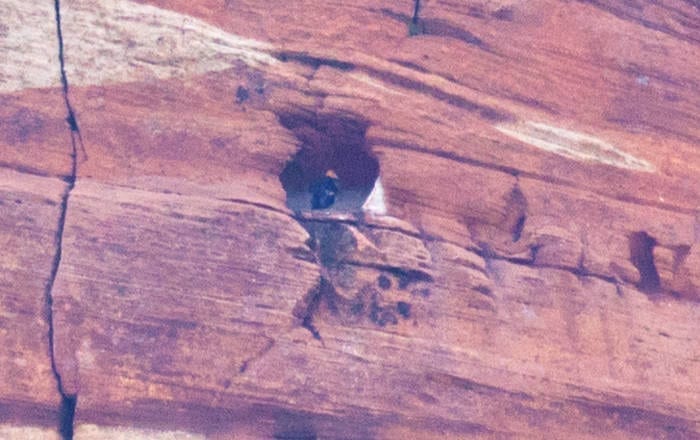
Personnel monitoring the condor pair in Zion National Park recently verified the presence of a chick. However, the father has died, potentially from lead poisoning from ammunition.
Biologists from The Peregrine Fund, the nonprofit conservation group responsible for releasing and monitoring condors, noticed last week that the male, Condor 337, was exhibiting odd behavior. Instead of routinely traveling to the feeding grounds to find food for his family, he had become sedentary. The biologists went to his location to take a closer look and found him sick and in need of care.
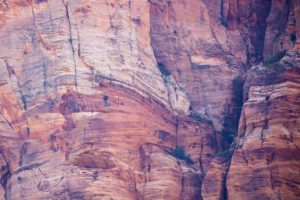
Initial assessments after capture revealed that the 16-year-old male was lethargic, dehydrated, and severely emaciated. A field blood test revealed elevated levels of lead in the bloodstream, so the bird was given supportive care, fluids, and chelation treatment to help reduce dangerously high lead levels. Despite best efforts to stabilize his condition, Condor 337 died the next day. Authorities from the U.S. Fish and Wildlife Service were notified, and the body is being transferred to pathologists who will determine cause of death.
Meanwhile, biologists are monitoring the chick and its mother to determine whether they might be in danger, but so far they appear healthy. The chick is estimated to be old enough to maintain body temperature, which may allow the female to find enough food to feed them both. Cooperating agencies, including The Peregrine Fund, Zion National Park, Utah Division of Wildlife resources, and the U.S. Fish and Wildlife Service are hoping that this will be the first condor chick hatched in Utah to join the wild population.
Lead poisoning is the leading cause of diagnosed death for condors in northern Arizona and Southern Utah. Programs are in place to reduce the presence of lead from big-game hunting in the fall. The current lead poisoning case, however, has occurred in summer, and it highlights the little-known fact that gun-killed animals other than deer and elk can poison condors. Lead used to dispatch any animal whose remains might be left in the field can poison scavengers.
Officials are asking for the public’s support in using non-lead ammunition to dispatch domestic stock and game animals or when shooting varmints or small game. An alternative is to simply remove the remains of animals shot with lead-based ammunition from the field. For more information on non-lead ammunition, see huntingwithnonlead.org. The Utah Division of Wildlife is offering coupons for free non-lead ammunition.




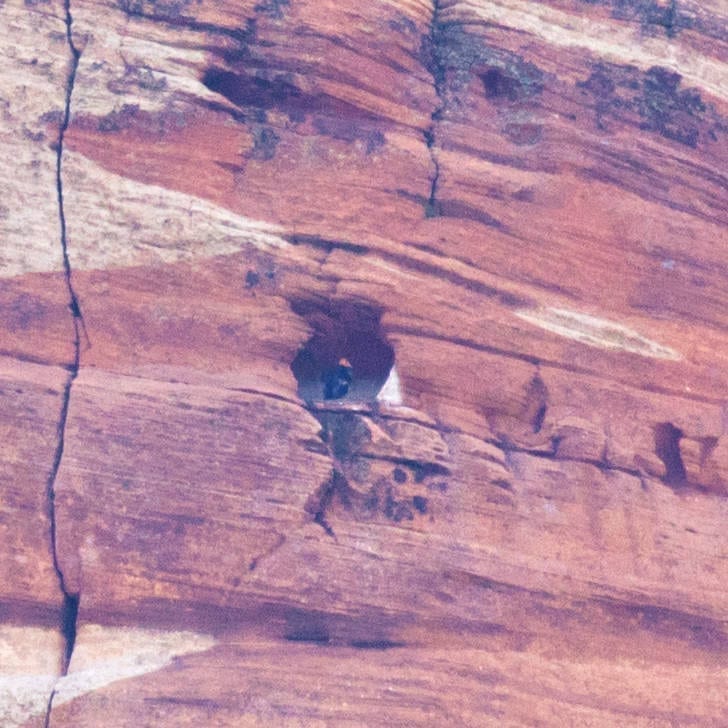
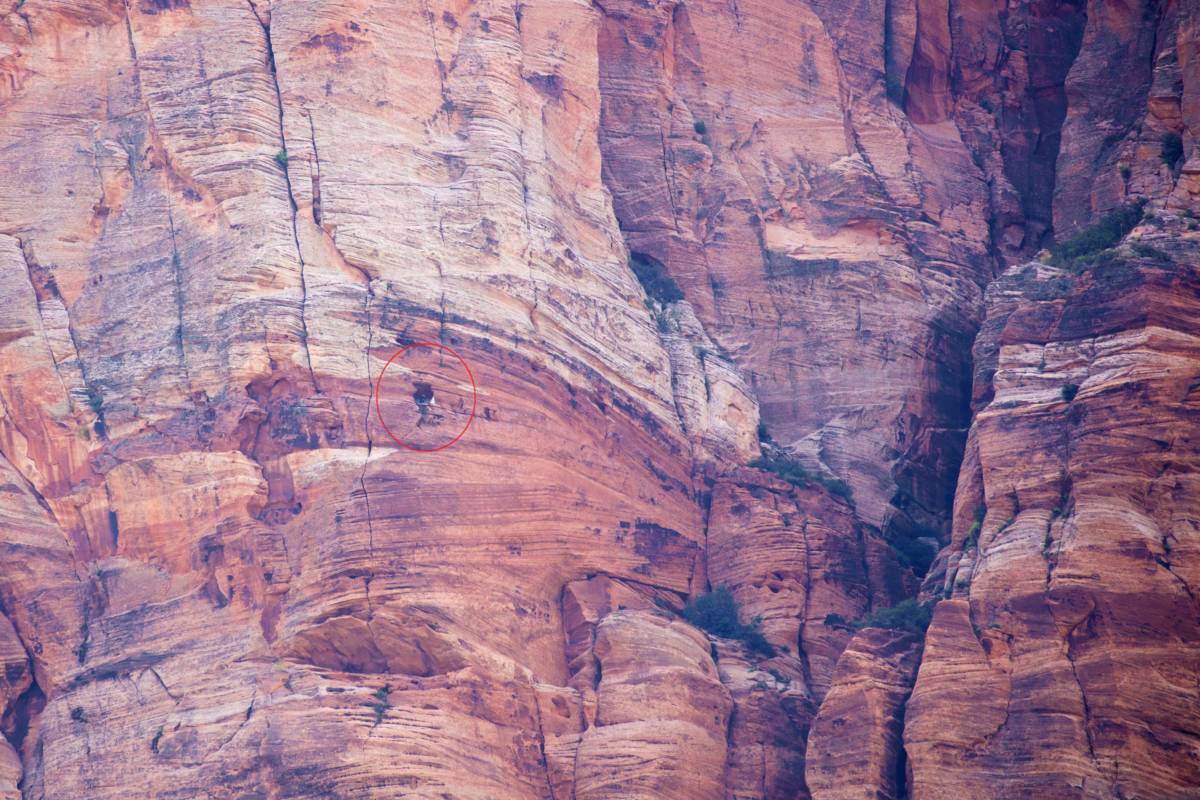
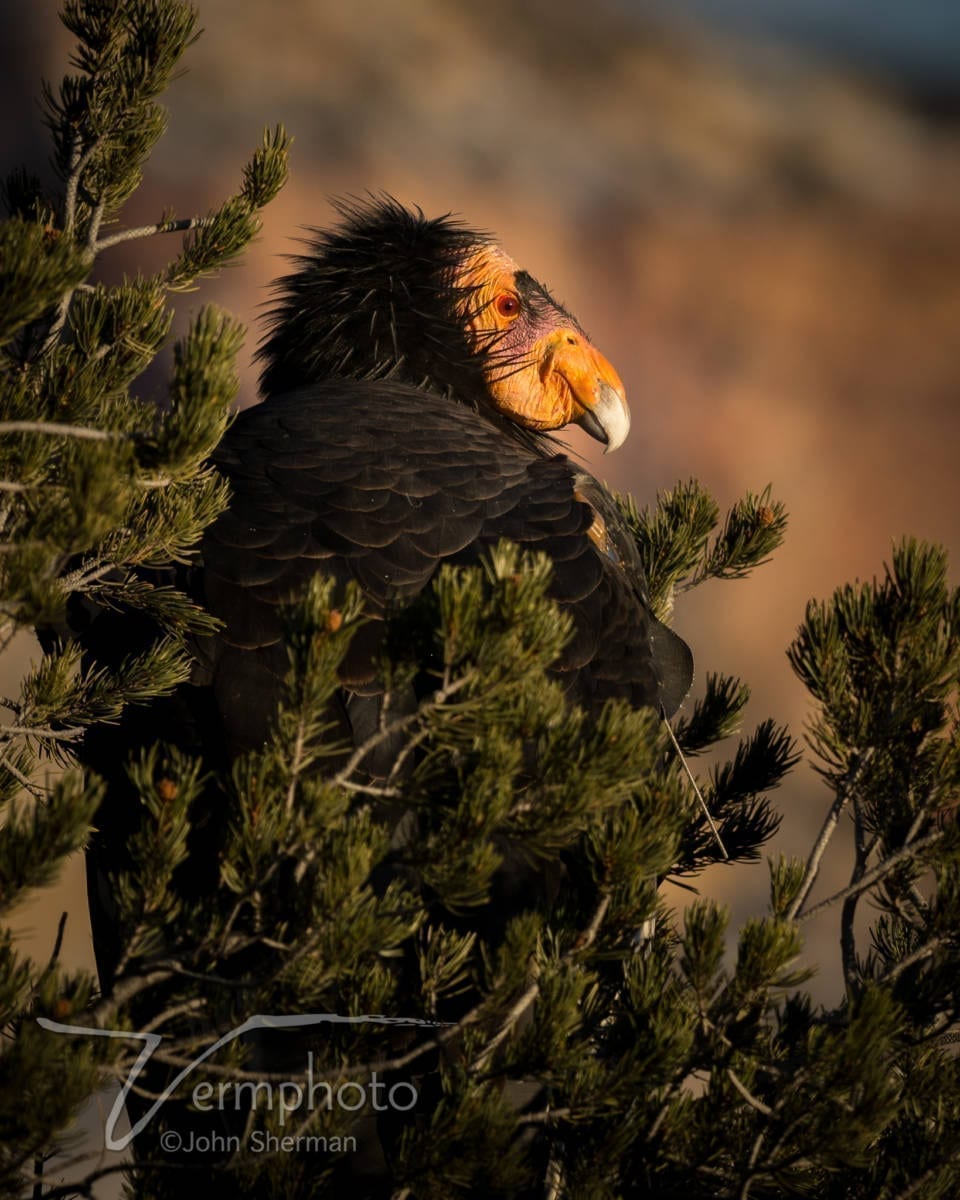


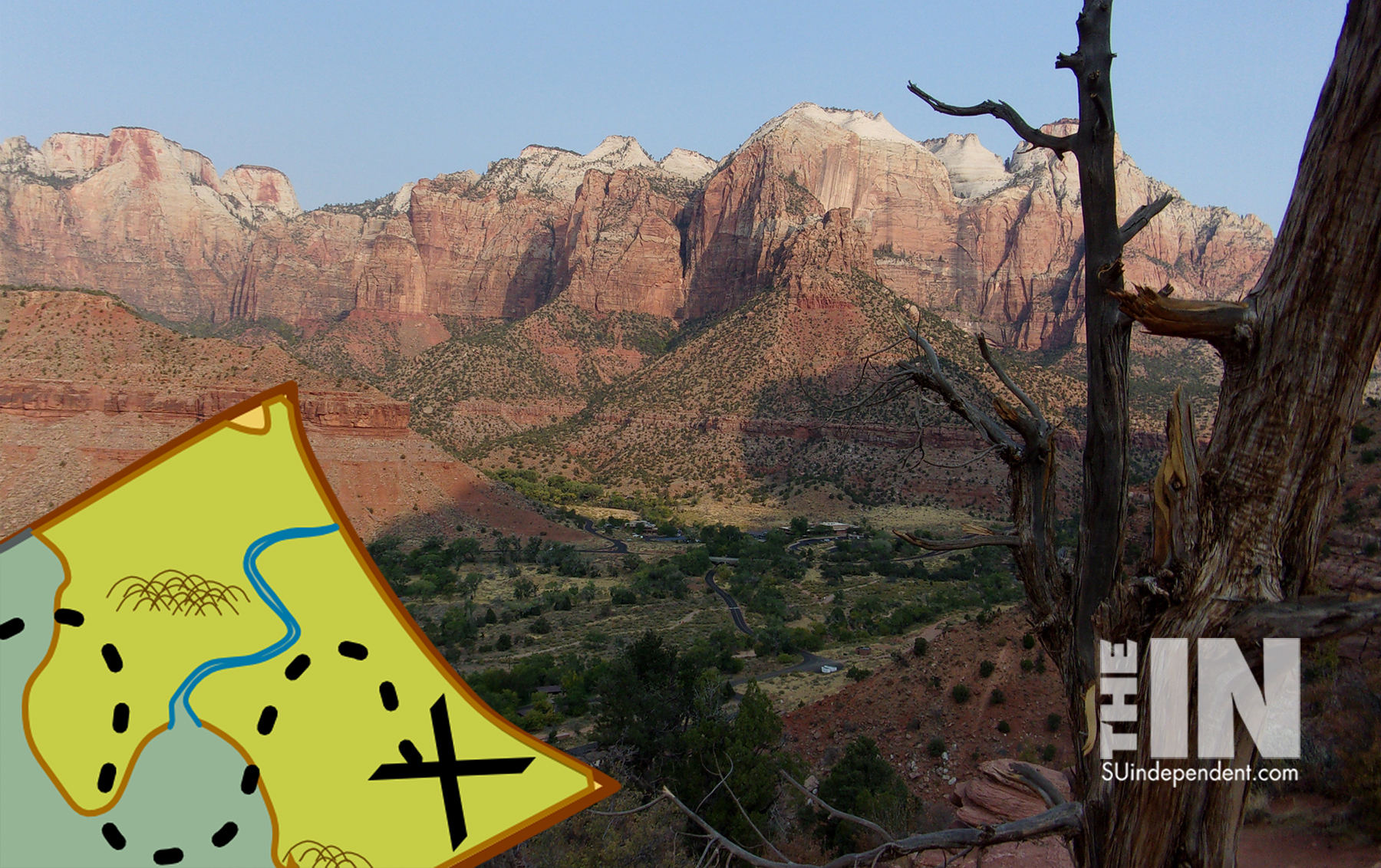
Lead bullets should be banned. There are alternatives.